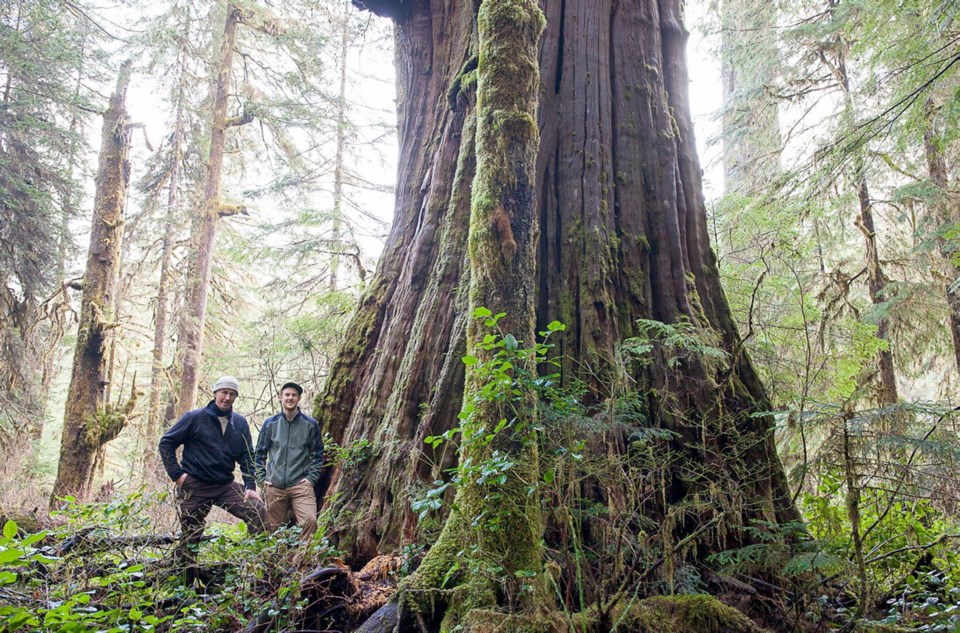The largest business-advocacy organization in B.C. has voted to protect old-growth forests while still also supporting loggers’ access to valuable resources.
In a move environmentalists are calling a “historic shift,” the B.C. Chamber of Commerce voted this week in favour of a motion calling on the province to expand protection of old-growth forests in areas where they have, or likely would have, greater economic value if left standing.
“It’s a huge, huge tectonic shift in the politics of land use in B.C.,” said Ken Wu, executive director for the Ancient Forest Alliance.
“It changes the narrative for a lot of the province, especially rural B.C., where the traditional belief has been that if you protect old-growth forests, you undermine the economy. But the opposite is being shown to be true now.”
The resolution also called on the province to enact new regulations — incorporating such strategies as an old-growth management area, wildlife-habitat area or land-use order — with an eye on eventually legislating permanent protection through provincial park or conservancy status.
The proposal would apply only to accessible old-growth forests and not to isolated forest stands, even if they have ecological value.
Dan Baxter, spokesman for the B.C. Chamber of Commerce, said the members took a balanced approach, recognizing that natural resources, forestry and mining remain the foundation of the economy.
“I think our membership took a holistic look at the issue and recognized that there are certain situations and communities where old-growth forests are a viable, long-term economic generator,” Baxter said.
“At the same time, our membership does recognize that we need to have certainty and predictability accessing land, so we have a resolution that also passed that looked at ways to ensure that we don’t unduly impact access to timber harvest lands, either.”
Dan Hager, president of the Port Renfrew Chamber of Commerce, said his community’s economy has shifted from logging to tourism — first sport fishing, but more recently as a big-tree destination with draws like Big Lonely Doug and the Red Creek Fir.
Since Avatar Grove was protected in 2012, area accommodation providers report increased demand of about 75 to 100 per cent each year, Hager said. And while tourism used to drop significantly in winter months — off-season for sport fishing — activity has steadily increased even when fishing charters are not operating.
“Thanks to the trees, Port Renfrew is no longer a one-industry tourism town and has been able to successfully brand itself the ‘Tall Tree Capital of Canada,’ ” said Hager, who co-owns Handsome Dan’s cottage rentals. Hager sponsored the old-growth protection resolution.
Both Wu and Hager expressed hope that the resolution might push the province to give regulatory protection to 3.2 hectares of Crown land in the Central Walbran Valley, where forest products company Teal Jones Group has a cutblock permit.
The old-growth forest already draws hikers and visitors. But B.C. Supreme Court granted the logging company an injunction extension to keep environmental activists from impeding its work.
Forests Minister Steve Thomson was not available for comment and a ministry spokesman did not say whether the province would consider the chamber’s resolution.
“While some communities on Vancouver Island have successfully diversified their local economies more into tourism, many are still heavily dependent on forestry,” a ministry spokesman said.
“Given that old-growth forests make up 45 per cent of public coastal forests, it is not possible to fully stop logging in old-growth forests without having a severe negative impact on local employment.”
Seventy-five per cent of the original, productive old-growth forests have been logged on B.C.’s southern coast, according to the Ancient Forest Alliance.



